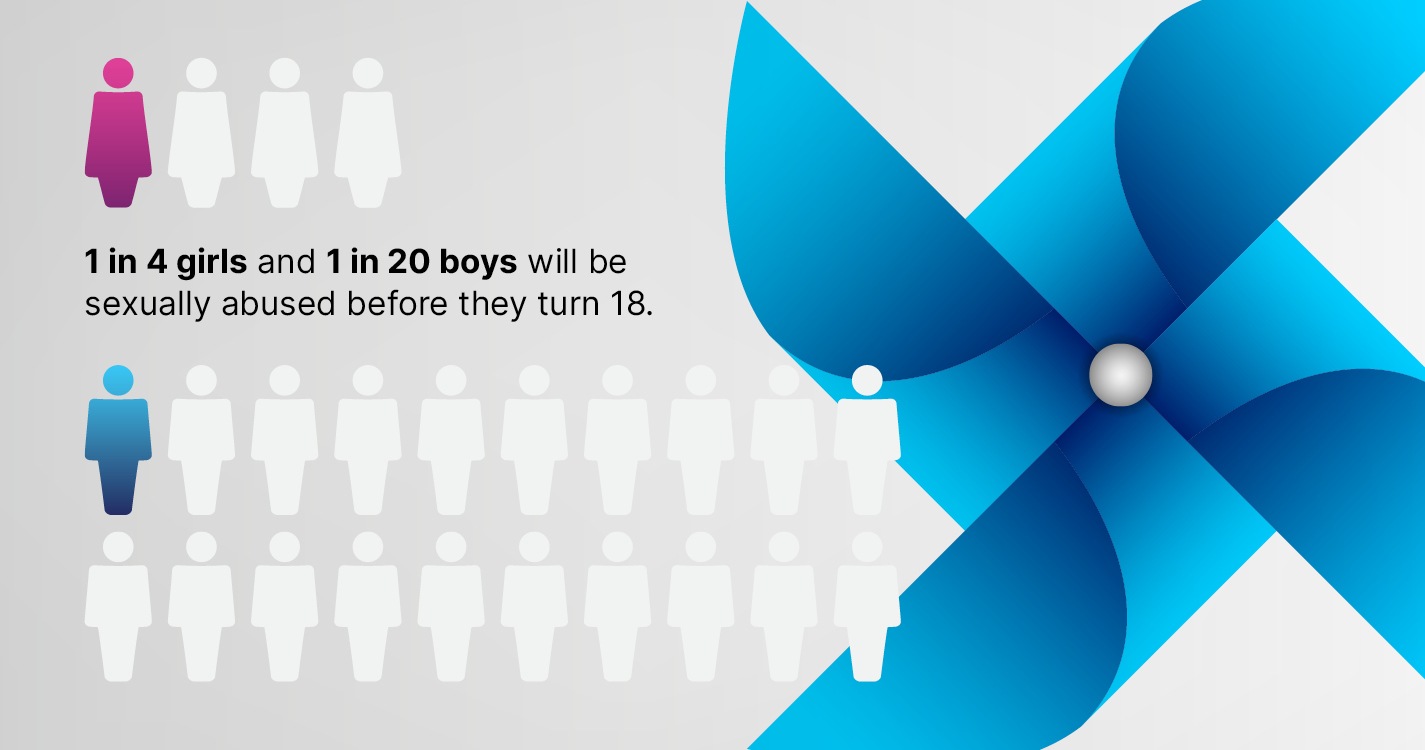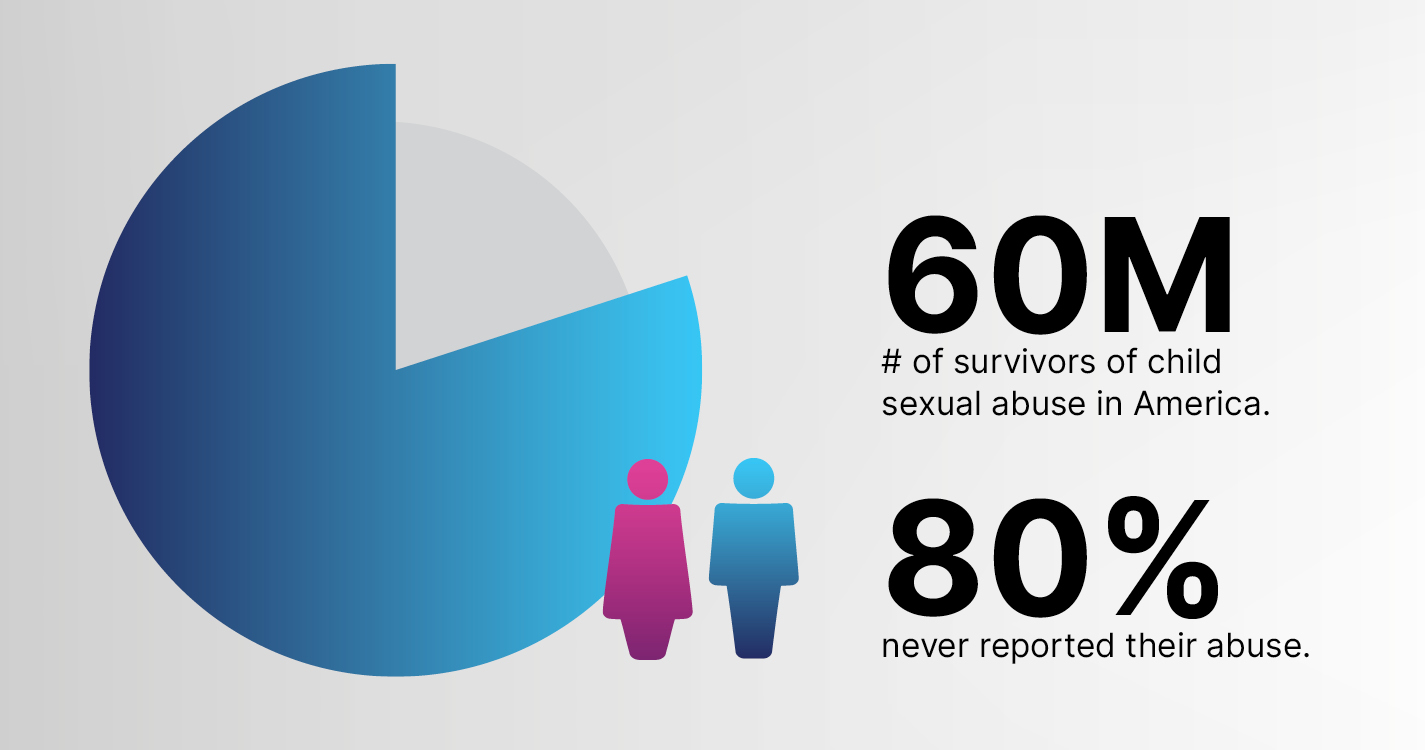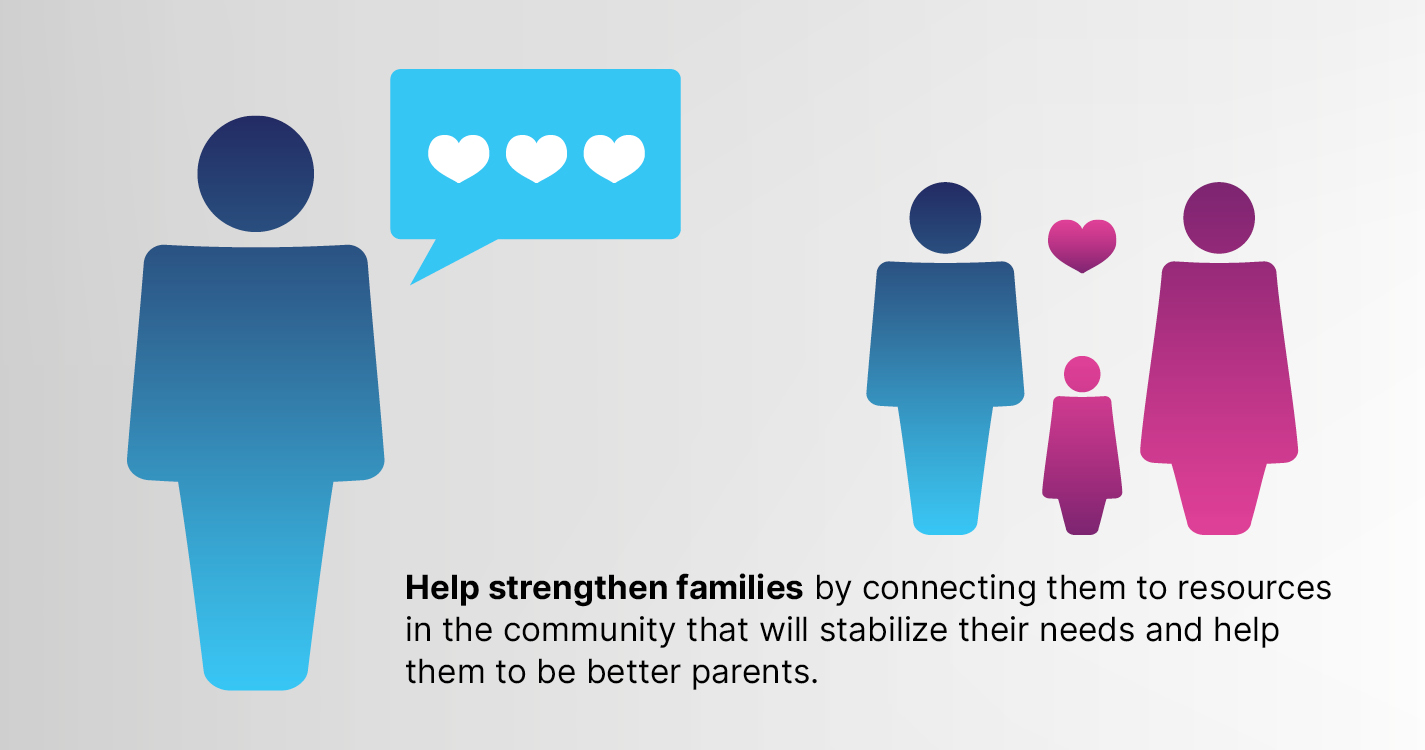|
|
This email was sent to {{contact.EMAIL}}
|
|
You’ve received it because you’ve subscribed to our newsletter.
|
|
|
|
|
|
|
|
|
|
 |
April is National Child Abuse
Prevention Month
|
|
 |
|
|
Child abuse and neglect crosses all socioeconomic and educational levels, religions, and ethnic and cultural groups. In other words, it happens in every community.
The U.S. statistics are dismal:
- 415,445 victims are neglected
- 95,026 victims are physically abused
- 59,044 victims are sexually abused
- 38,030 victims are psychologically maltreated
Sources for data collected in 2022: American Society for the Positive Care of Children (American SPCC), U.S. Department of Health & Human Services.
|
|
 |
|
|
As a community, we can stop child abuse before it happens, by increasing awareness and each doing our part to ensure the safety and well-being of children.
Oftentimes, a lack of support and resources is what propels a struggling family into the child welfare system. By focusing on creating a nurturing and supportive environment for children and their families, we can help build stability to prevent these families from ever entering the system. Child Protective Services connects children and their families to programs and services designed to protect and strengthen them by providing the tools and supports they need to avoid crisis.
|
|
 |
|
|
- Know what child neglect is.
Neglect can be children harmed or in danger of harm due to parental substance abuse, unsanitary housing, inappropriate supervision, or excessive physical discipline.
- Know what child abuse is.
Child abuse can be physical or sexual.
- Recognize the indicators or signs.
Unexplained injuries are only one sign of child maltreatment. Look for other indicators like depression, fear of a certain adult, difficulty trusting others or making friends, sudden changes in eating or sleeping patterns, inappropriate sexual behavior, poor hygiene, secrecy, and hostility.
- Recognize your own biases.
Poverty is not the same thing as neglect. Ask yourself if there is something you can do to help a child or family in need.
- Teach children their rights.
When children are taught they are special and have the right to be safe, they are less likely to think abuse is their fault, and more likely to report an offender.
- Model good behavior.
Use your actions to show children and other adults that conflicts can be settled without hitting or yelling.
- Support families.
Simple support for children and parents can be the best way to prevent child abuse and neglect. After-school activities, parent education classes, mentoring programs, and respite care are some ways to keep children safe from harm.
- Support prevention programs.
Too often, intervention occurs only after abuse or neglect is reported. Invest in community programs that have been proven to stop the abuse or neglect before it occurs.
- Report abuse.
If you witness a child being harmed or see evidence of abuse or neglect, make a report to the Statewide Central Register (SCR). When talking to a child about abuse or neglect, listen carefully, assure the child that he or she did the right thing by telling an adult, and affirm that he or she is not responsible for what happened.
Sources: Do Right By Kids; Washington State Department of Children, Youth, and Families.
|
|
|
|
|
|
|
|
|
|
|
|
|